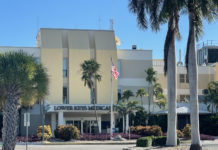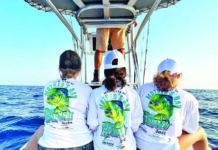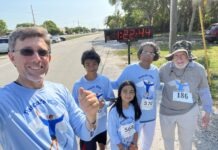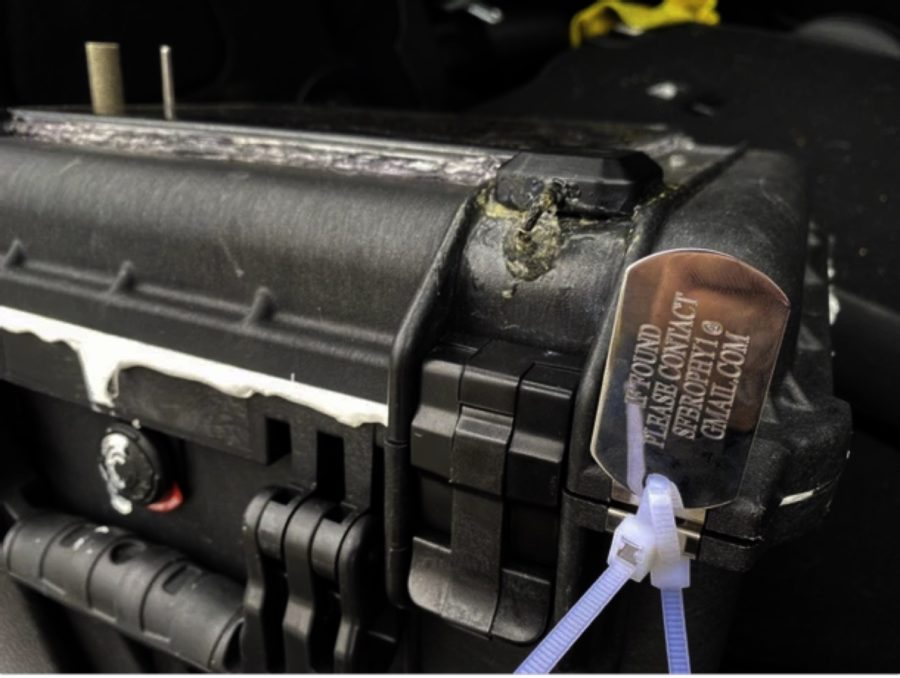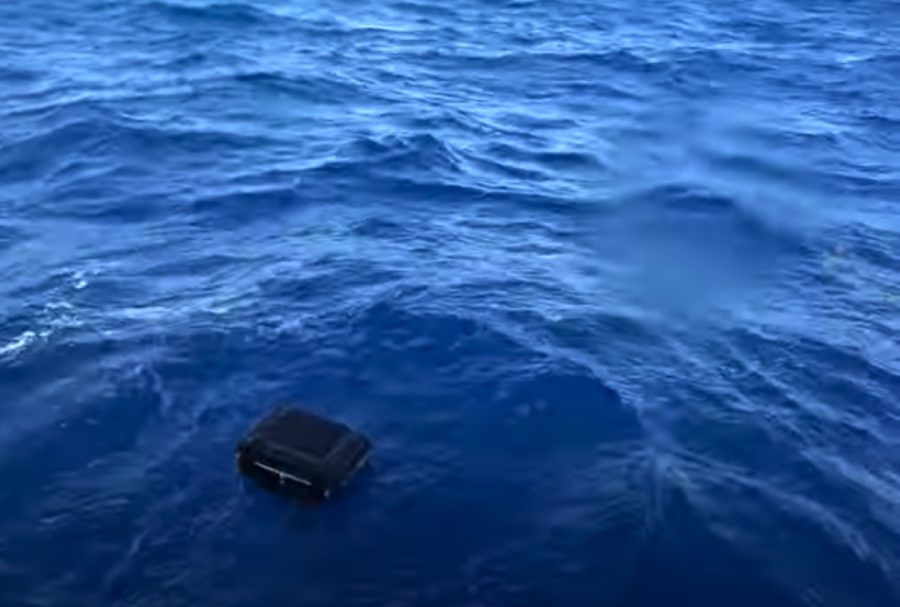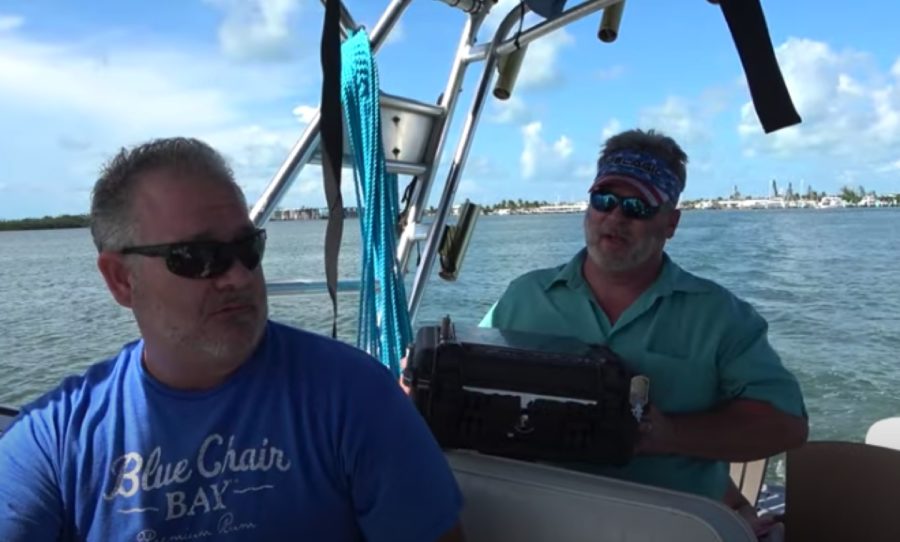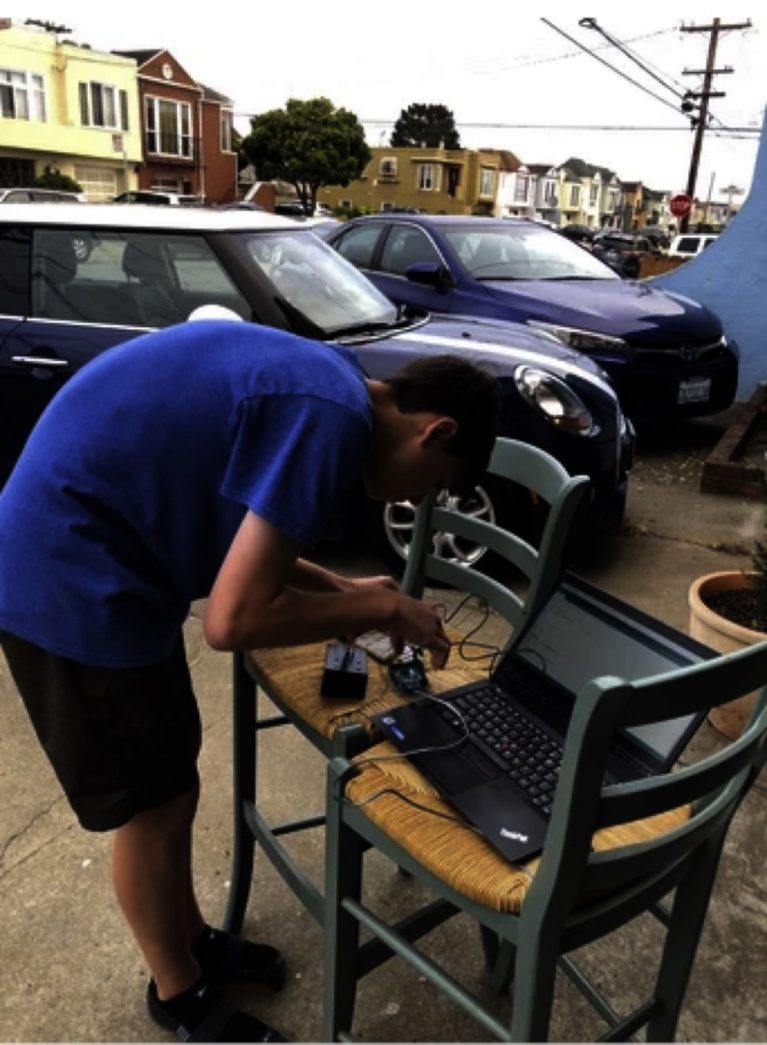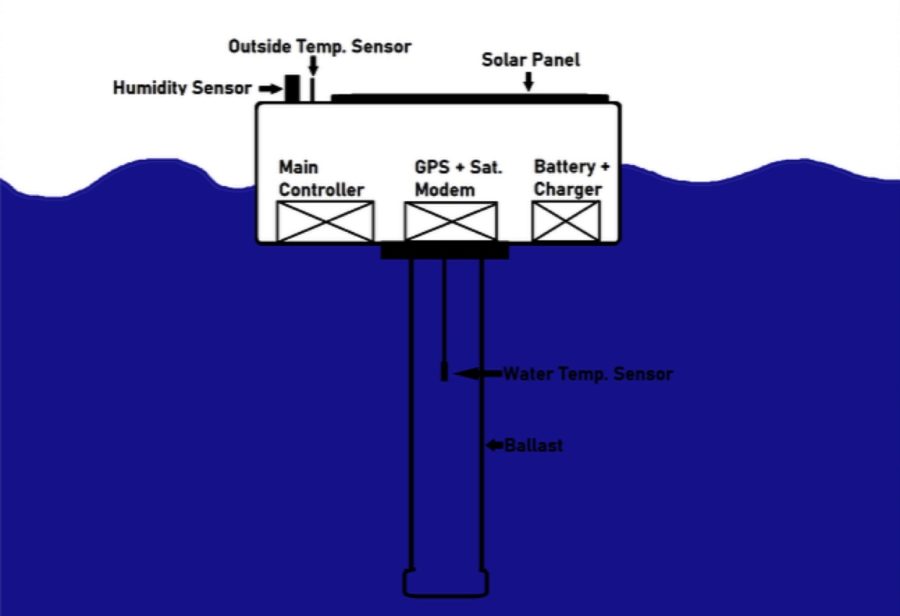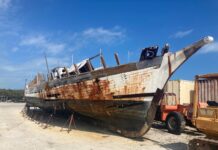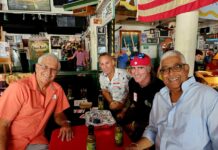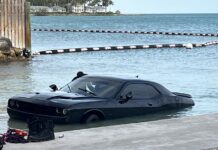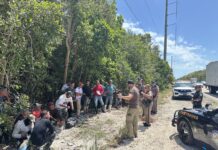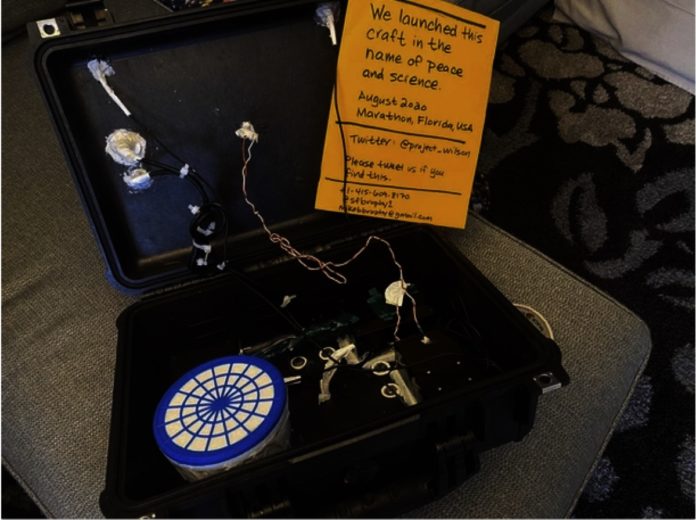
On Aug. 8, Capt. Jim Knutson carefully launched the creation of Hayden Brophy. Knutson made a straight beeline from Marathon’s shore 17 miles into the Gulf Stream, gently lobbed “Wilson” into the sea and gave it a splash of Michelob Ultra for good luck.
Wilson is a homemade drifting buoy, named after the volleyball in the Tom Hanks movie “Cast Away.” It records air temperature, water temperature, humidity and barometric pressure — and, of course, its own location — transmitted via satellite uplink.
Its creator, Brophy, is a rising senior at a Washington state high school. And, no, he doesn’t plan to become a meteorologist.
“This is an experiment in the limitations of ‘the internet of things,’” Brophy explained, much like how a home security system or refrigerator can be linked to the internet. His best guess, he said, is that the device can survive 8 to 12 months at sea, locked inside its Pelican brand watertight case.
But right now, Brophy and the other followers of his experiment are biting their fingernails. As of Aug. 11, it has come dangerously close to the Florida coast, up near Pembroke Pines, blown by a westerly wind.
“It’s been two days since the launch and … Wilson is chugging along at a solid 3 mph (2.7 knots),” Brophy texted the Keys Weekly on Aug. 10. “If Wilson had eyes, he would see the City of Miami Beach clearly. Our best estimates are that Wilson will be east of Virginia in two weeks.”
If everything goes according to plan, and Wilson doesn’t beach itself, Brody expects the buoy to cross the Atlantic Ocean in about five months, reach the United Kingdom, travel south and be sent back to the Caribbean on an equatorial current.
Brophy said Wilson was inspired by a similar project; he set out to build the device almost two years ago with off-the-shelf parts. Wilson cost about $1,000 to construct and ship, carefully bubble wrapped, to the Florida Keys. It was received by Knutson, a former colleague of Brophy’s father, for its Atlantic Ocean launch.
Amateur scientists can play a part in Wilson’s future. “Armchair Oceanographers” ($3 a month) can get a once-monthly 30- to 60-minute livestream with Hayden and the ability to ask questions and hear firsthand about the project and the developing research. There is also one spot ($43 a month), for a “Vicarious Cousteau” position. That person will be subsidizing the monthly cost of the satellite uplink and will also have the exclusive privilege of naming the next drifting buoy, currently under construction.
“The environment is a particular interest of mine, but not what I plan to study when I go to college. I want to be an aerospace engineer,” Brody said.
To follow Wilson’s progress, learn about its construction, or join the donation platform, visit https://projectwilson2020.wixsite.com/mysite.
